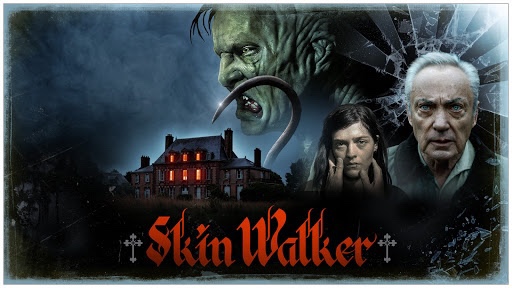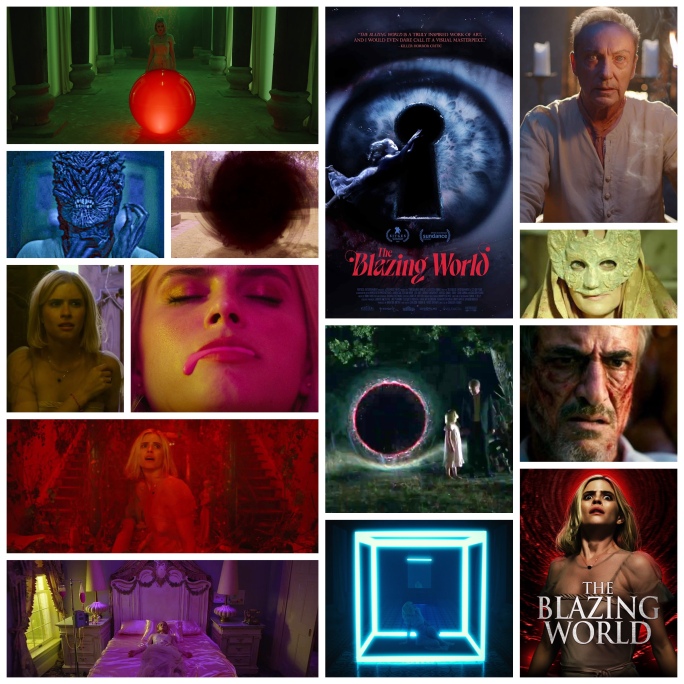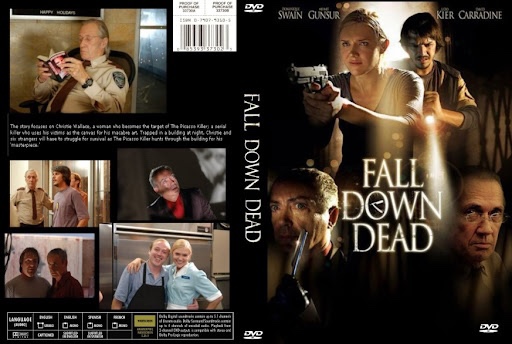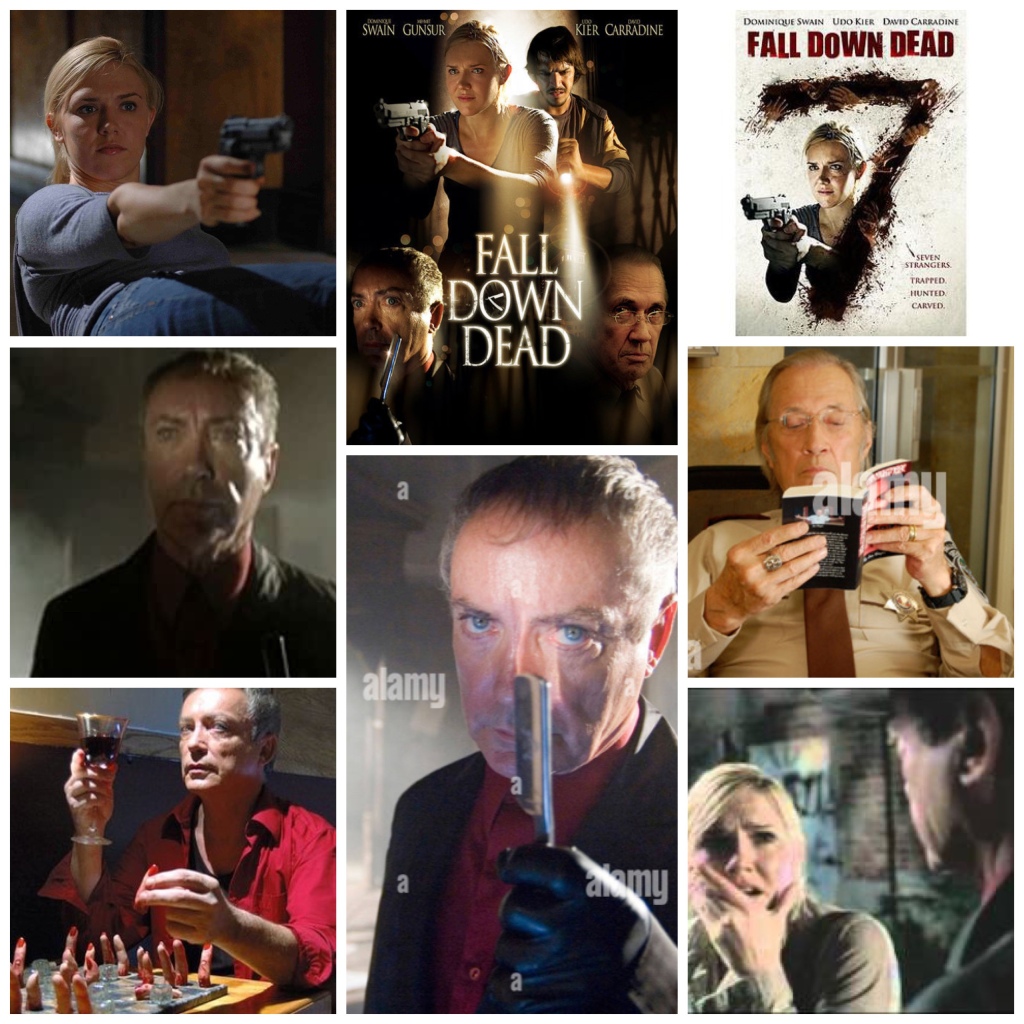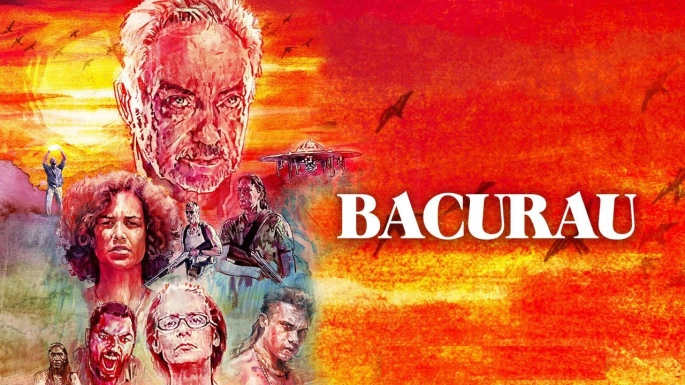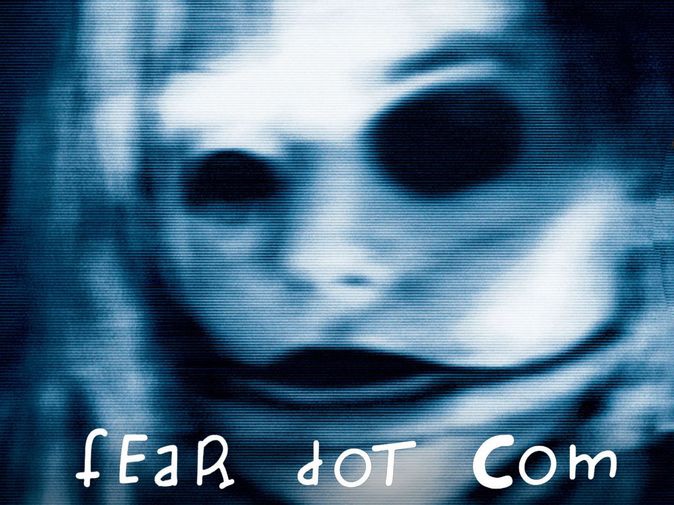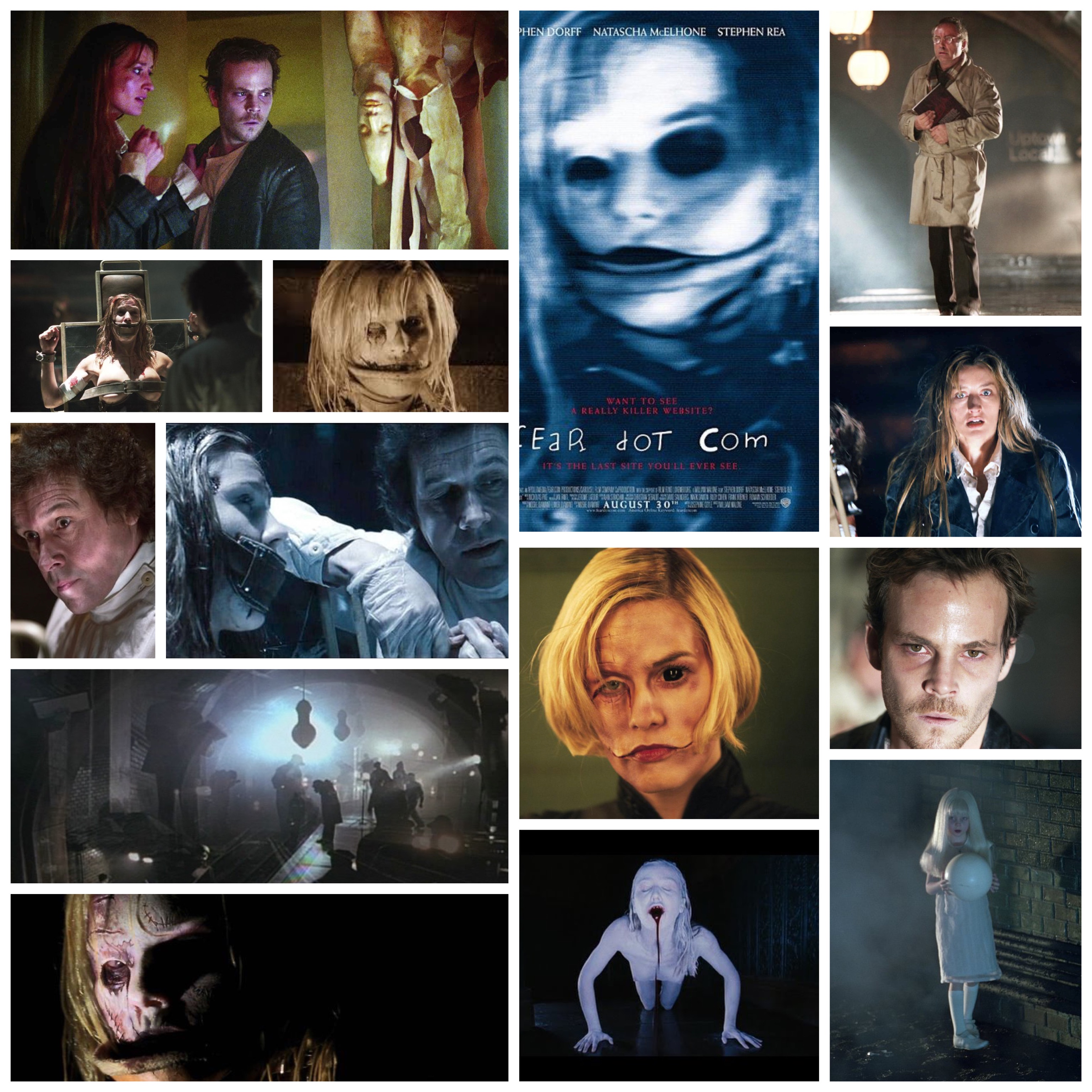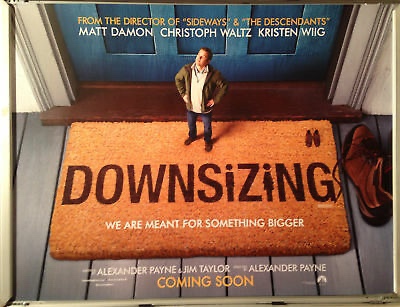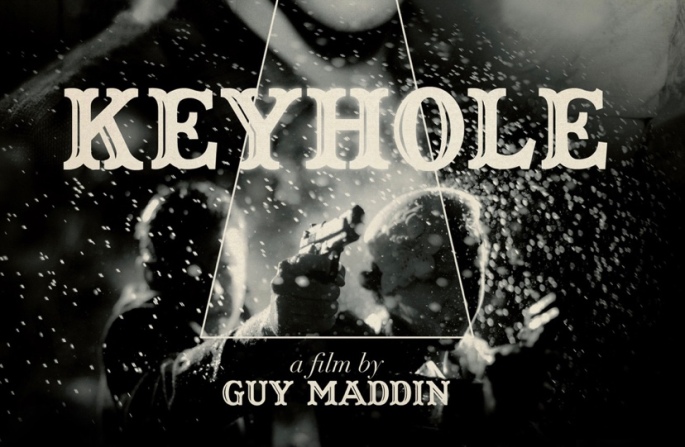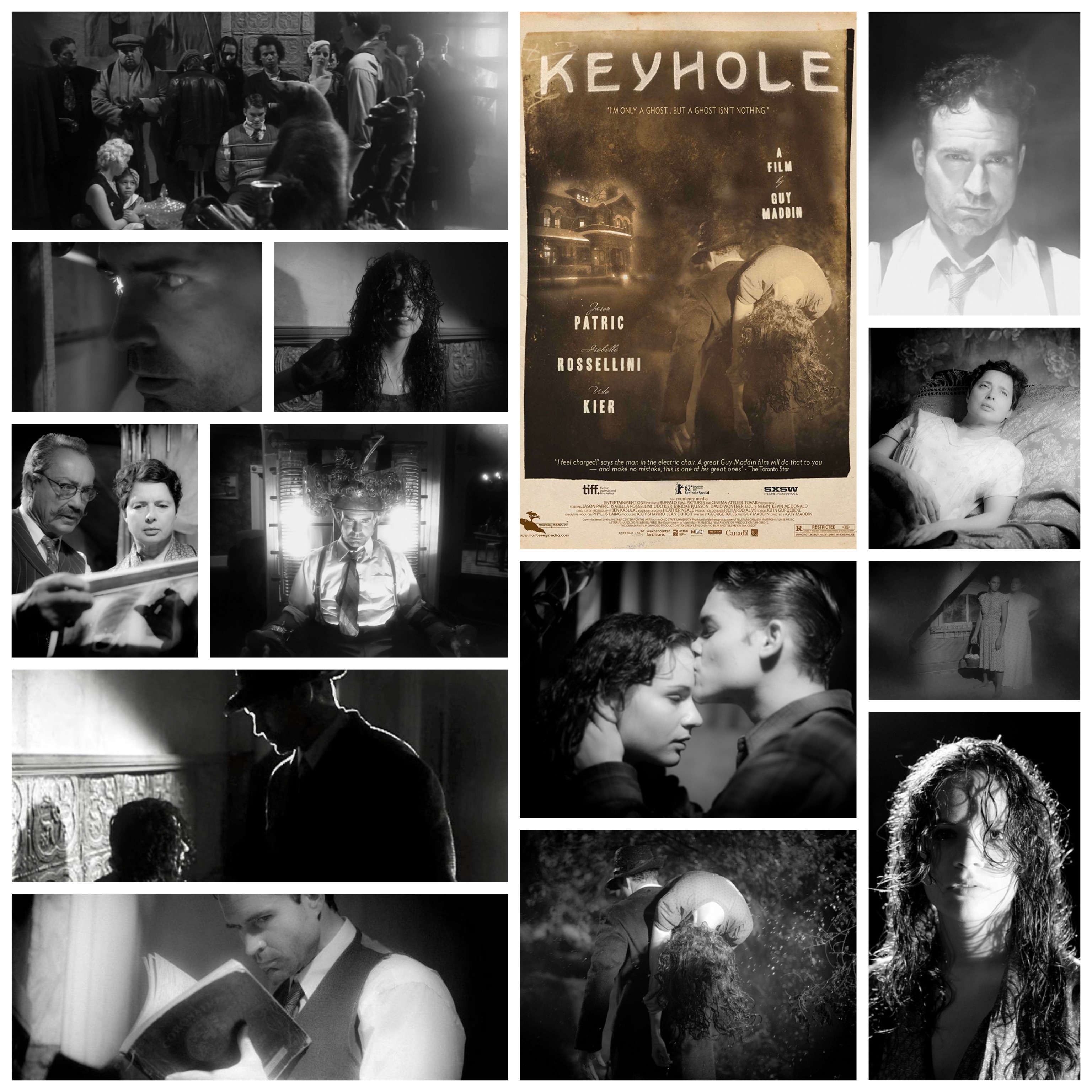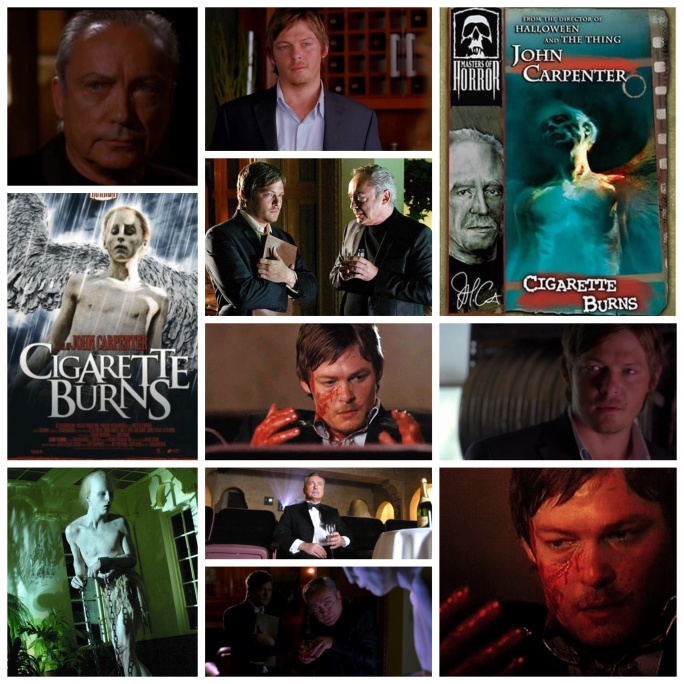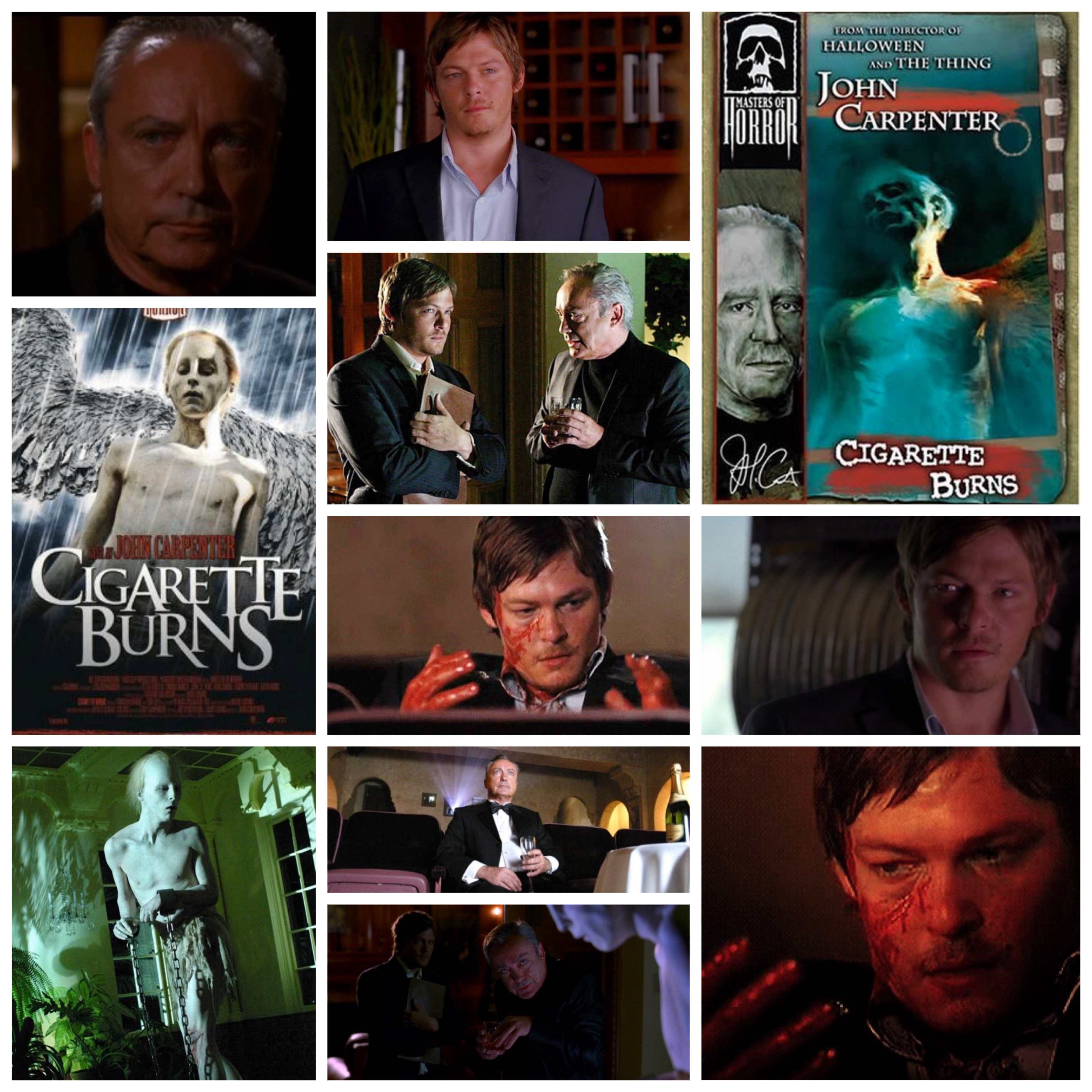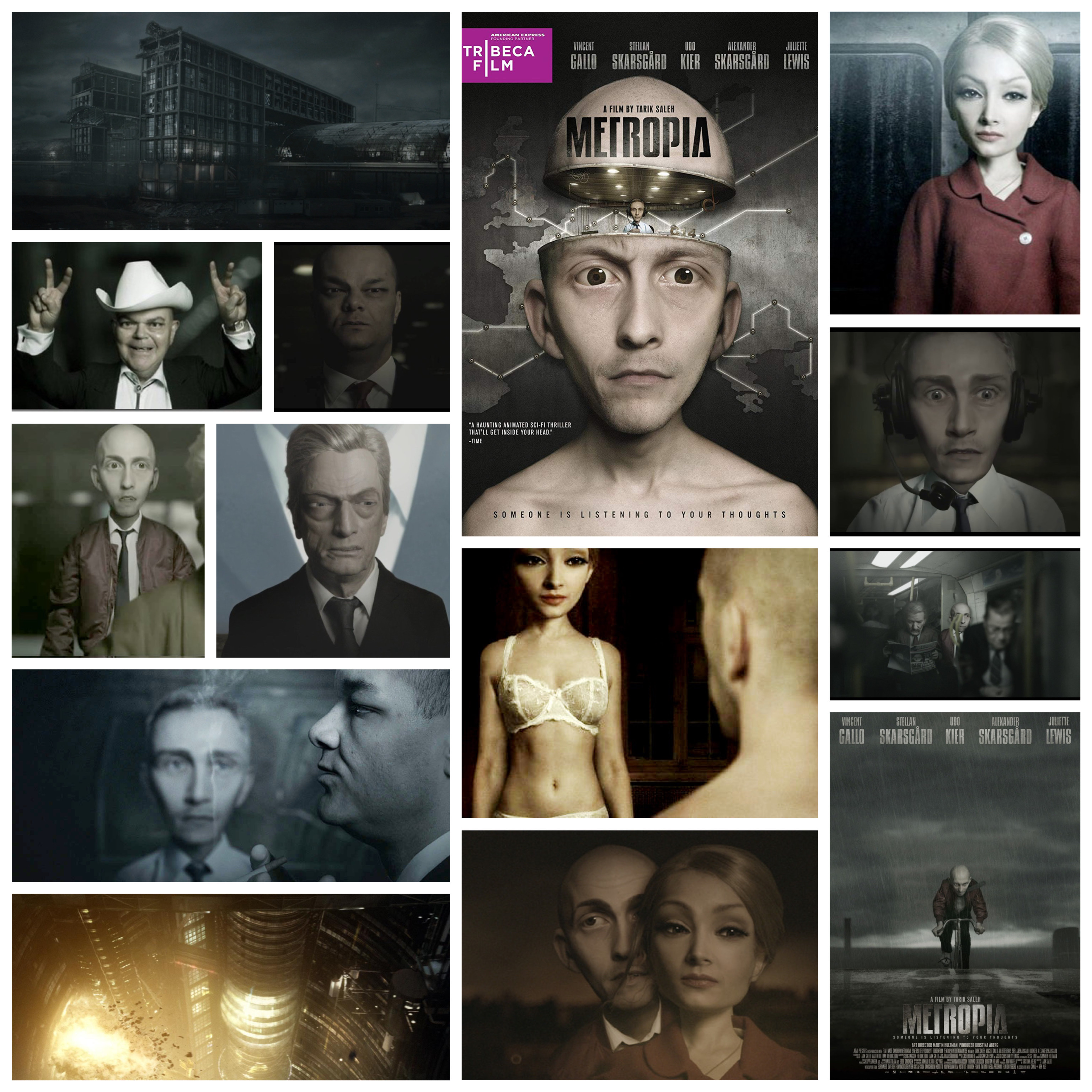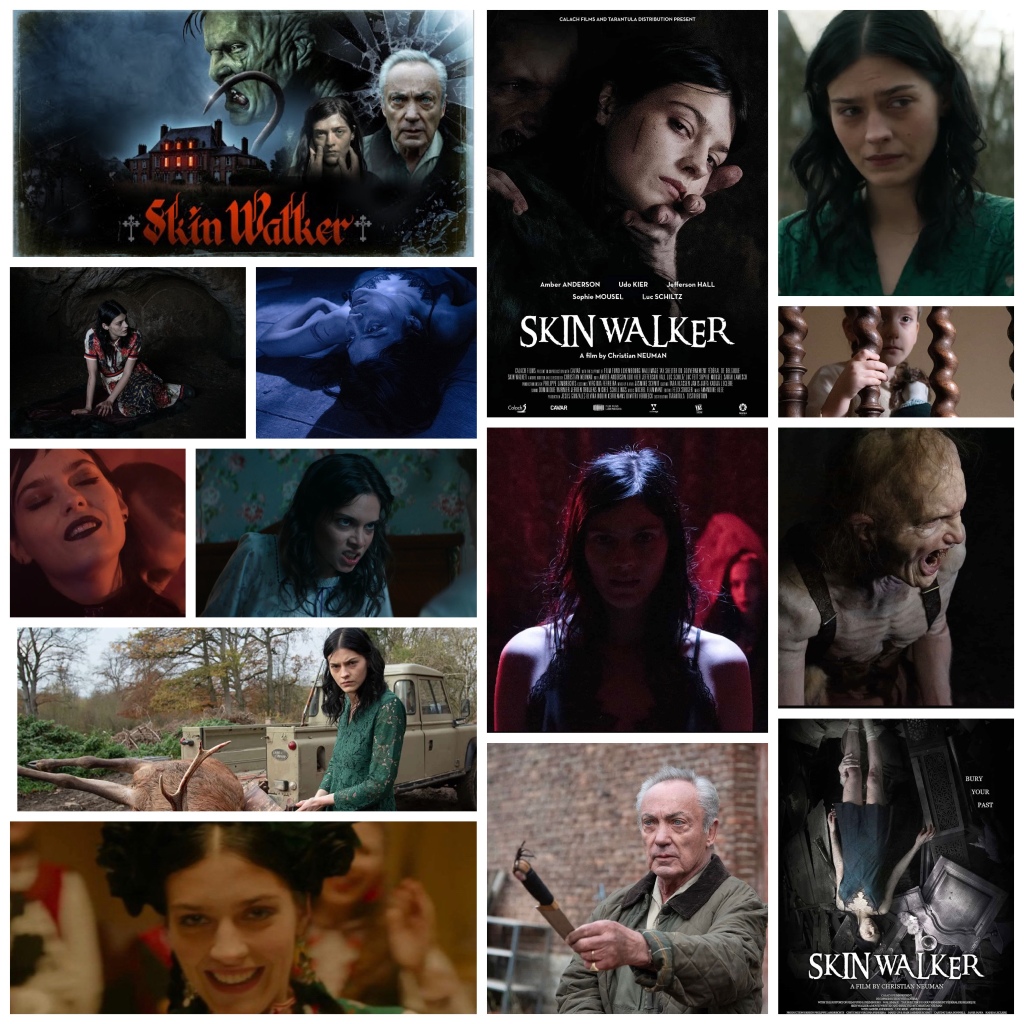
I’m not sure how to quite adequately describe Christian Neuman’s Skin Walker as I’m still not completely sure what I saw, even over a week after watching it. Some horror films not only have all their gore, atmosphere and acting bases covered to draw you in but go so far over the wall of coherency and conventional storytelling they sort of, burn a brand into your perception, never to be lost in the mental catalogue. This film tells the story of Regine (Amber Anderson), a disturbed young girl girl living a grungy nocturnal life in Luxembourg who is called home to her childhood house in the country when her grandmother passes away. She journeys back to the small rural town and massive, creaky manor she grew up in to find her cold, distant grandfather (Udo Kier) inhabiting an empty house full of sour, nasty memories. Her grandmother was a highly unpleasant person, as we see in unflinching flashbacks, but she also has hazy memories of her mother giving birth to a hideously deformed baby brother who may or may not still be wandering the forests on the edge of the property and seems to show up in her dreams and waking perception with unnerving regularity. I loved this film for a great number of reasons, beginning with the score, ambience and ethereal casting choices. Amber Anderson has these angular, dark elf features that are transfixing and somehow vulnerable yet vaguely eerie. Kier, well, Kier is king of the weird but strangely enough he plays a very human character here, where he often is just a spectral or allegorical presence. He’s got a ton of screen time and imbues his bitter old patriarch with a mental decay and resentment that hangs entrenched in the foggy air. The score is creepy, billowing and emotional especially in an early scene where Regine arrives back at her family estate and pours over it with worried doe eyes from a darkened car window as the vehicle ominously winds up the entrance road. The production design is lush, full of deep meditate browns, pale milky skin, cloudy skies, slick crimson blood and late autumn auburn detritus, a visual palette of stunning folk horror sensibility and startling eye candy that’s both gorgeous and gruesome to look at, like an orgy featuring Tim Burton, Guillermo Del Toro and Lars Von Trier (I’m terribly sorry for that mental image but I promise this film has more shocking ones). The issue with this film is that at a certain point it goes off the map of a logical, linear story and becomes a flailing arthouse caterwaul, a trippy psychological bedlam of noise, twisted memories, unreliable perceptions, so many subplot revelations and horrific, shuddering reveals that it becomes tough to view it as anything other than a story whose meaning and outcome was meant to be decided by the viewer themselves, and not spelled out for by the filmmakers. Now this isn’t an issue for me at all, I love stories like this, but the approach doesn’t always go over well with audiences, hence the mostly confounded and puzzled reviews for this that border on abject hostility. It’s fucking weirder than your most troubling nightmares, I won’t gloss over that, and if the narrative begins with a host of unanswered questions it ends with even more. But if you like bizarre stuff that doesn’t play by any sort of rules but it’s own, are into deep, dark folk horror with psychological overtones and appreciate a visual feast of colour, grotesquerie and unconventional beauty, you’ll love it. It’s a new hidden gem favourite for me.
-Nate Hill
